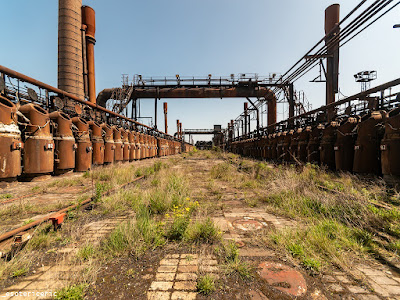History
The Instituto Bacteriológico de Câmara Pestana results from the development of the Instituto Bacteriológico de Lisboa , an institution dedicated to medical microbiology created in Lisbon on the 29th of December 1892 as a specialized service of Hospital de São José , with the main purpose of carrying out bacteriological analyzes and preventive treatment of human rabies using the Pasteur method. The Bacteriological Institute was due to the initiative of the physician and pioneer of bacteriology Luís da Câmara Pestana , who was its first director, with Aníbal de Bettencourt as his assistant physician .
Installed in a dependency of the Hospital de São José, on March 9, 1895 it was autonomous, taking the designation of Royal Bacteriological Institute of Lisbon . The main objectives were then defined as rabies vaccination, the preparation of anti- toxic sera for the treatment of diphtheria, tetanus and other infectious diseases, monitoring the progress of microbiological science and reducing the economic burden of importing vaccine and sera.
In 1899 the Royal Bacteriological Institute of Lisbon was transferred to its own building, the building it currently occupies, taking the name of the Royal Bacteriological Institute of Câmara Pestana, in honour of its founder, who died that same year. The importance of the Institute is attested by the toponym Rua do Instituto Bacteriológico attributed to the street where it has its headquarters.With the establishment of the Portuguese Republic and the creation of the University of Lisbon, in 1911 the Instituto Bacteriológico de Câmara Pestana was annexed to the Faculty of Medicine of the University of Lisbon, a situation it maintained until 1989.
After a decade of uncertainty, from 2008 onwards most of the Instituto Bacteriológico building was handed over to Universidade Nova de Lisboa , which installed a biomedical research center there, and the main activities of the IBCP were transferred to the Hospital de Santa Mary. With this change, the Instituto Bacteriológico Câmara Pestana (IBCP) ends a period in which it operated practically without activity. The new IBCP will be built on the Santa Maria campus and will redefine the mission of Câmara Pestana, which will be focused on microbiology issues, but with very strong links to the Institute of Molecular Biology of the University of Lisbon.
Source:
https://pt.m.wikipedia.org/wiki/Instituto_Bacteriol%C3%B3gico_de_C%C3%A2mara_Pestana
Esoteric Eric































































